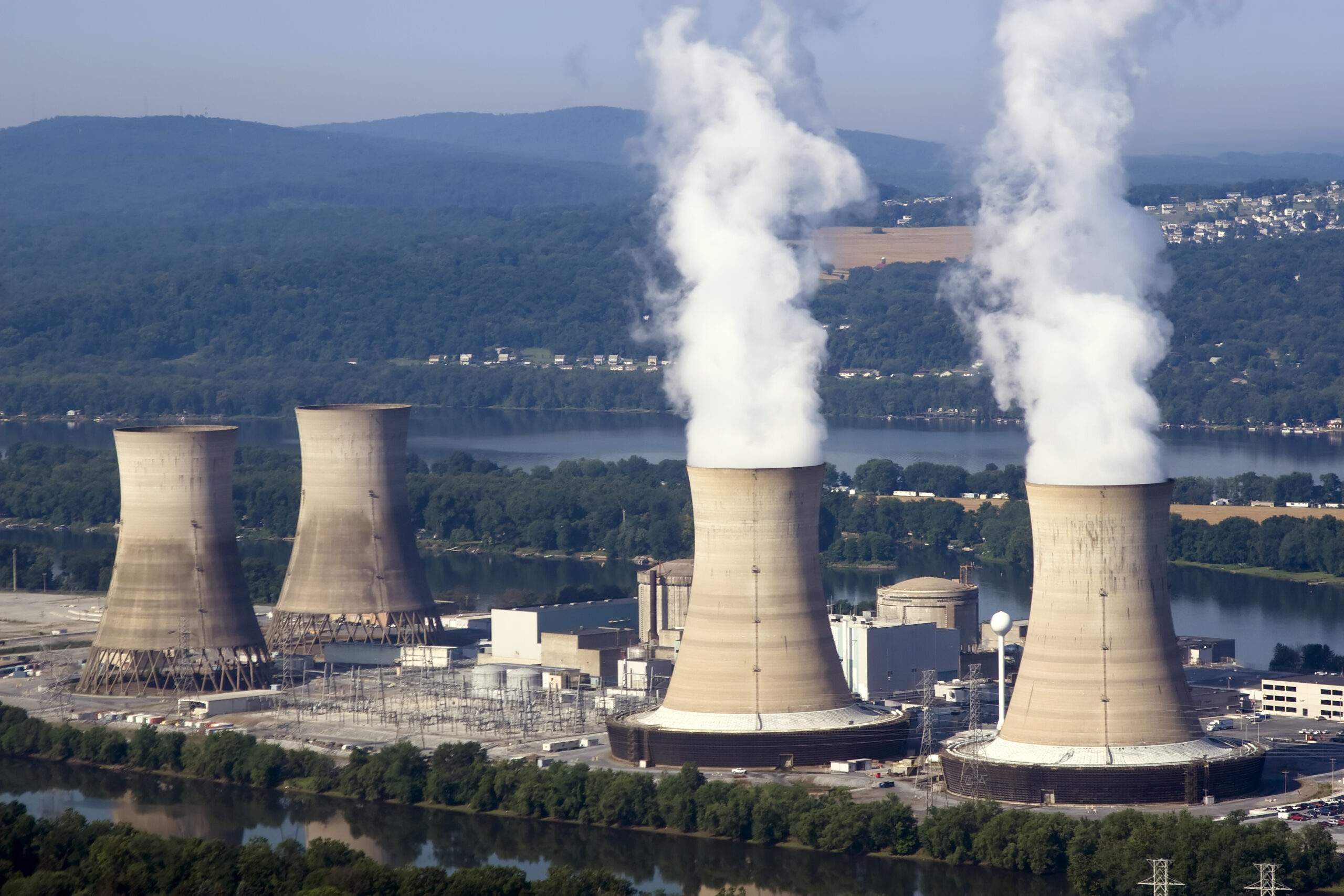Breaking Ground: Andrea Kritcher’s Impact on Inertial Confinement Fusion Research

In 2009, Andrea Kritcher joined the permanent staff of the Weapons and Complex Integration’s Design Physics Division at the Lawrence Livermore National Laboratory.
Specializing in nuclear engineering, Andrea Kritcher focuses on inertial confinement fusion, a process aiming to replicate the nuclear reactions occurring in the sun. This involves compressing and heating capsules filled with thermonuclear fuel, typically heavy isotopes of hydrogen-like deuterium and tritium.
Andrea Kritcher’s notable contribution includes the design of the Hybrid-E target capsule. This capsule incorporates a high-density carbon capsule and a deuterium-tritium fill tube, encased in a hohlraum converting laser light into x-rays. Designing the hohlraum posed challenges, requiring adjustments to entrance hole sizes and beam wavelengths for a symmetric implosion. The Hybrid-E capsule achieved a significant milestone, enabling inertial confinement fusion to produce over a megajoule of fusion energy, representing the first instance of generating a burning plasma state emitting more energy than required for initiation.
In 2022, Andrea Kritcher’s contributions were recognized as she was elected a Fellow of the American Physical Society. Her citation acknowledged her leadership in integrated hohlraum design physics, leading to the creation of the first laboratory burning and igniting fusion plasma.
Andrea Kritcher’s continued research delved into studying ion behavior in inertial confinement fusion, revealing disparities in the energy of neutrons produced from a deuterium–tritium plasma compared to hydrodynamics-informed algorithms.
As the designer of the December 5, 2022 experiment at the National Ignition Facility, Andrea Kritcher played a pivotal role in achieving fusion breakeven. This success followed the August 2021 experiment where, after just falling short of generating more energy than invested, the facility’s lead laser engineer approached Andrea Kritcher. Her subsequent efforts and insights contributed to the historic controlled fusion ignition in December 2022, marking a significant advancement in the quest for limitless, emission-free power. Andrea Kritcher’s work adds to the decades of collaborative research by scientists, engineers, and technicians that culminated in the breakthroughs in nuclear fusion.
